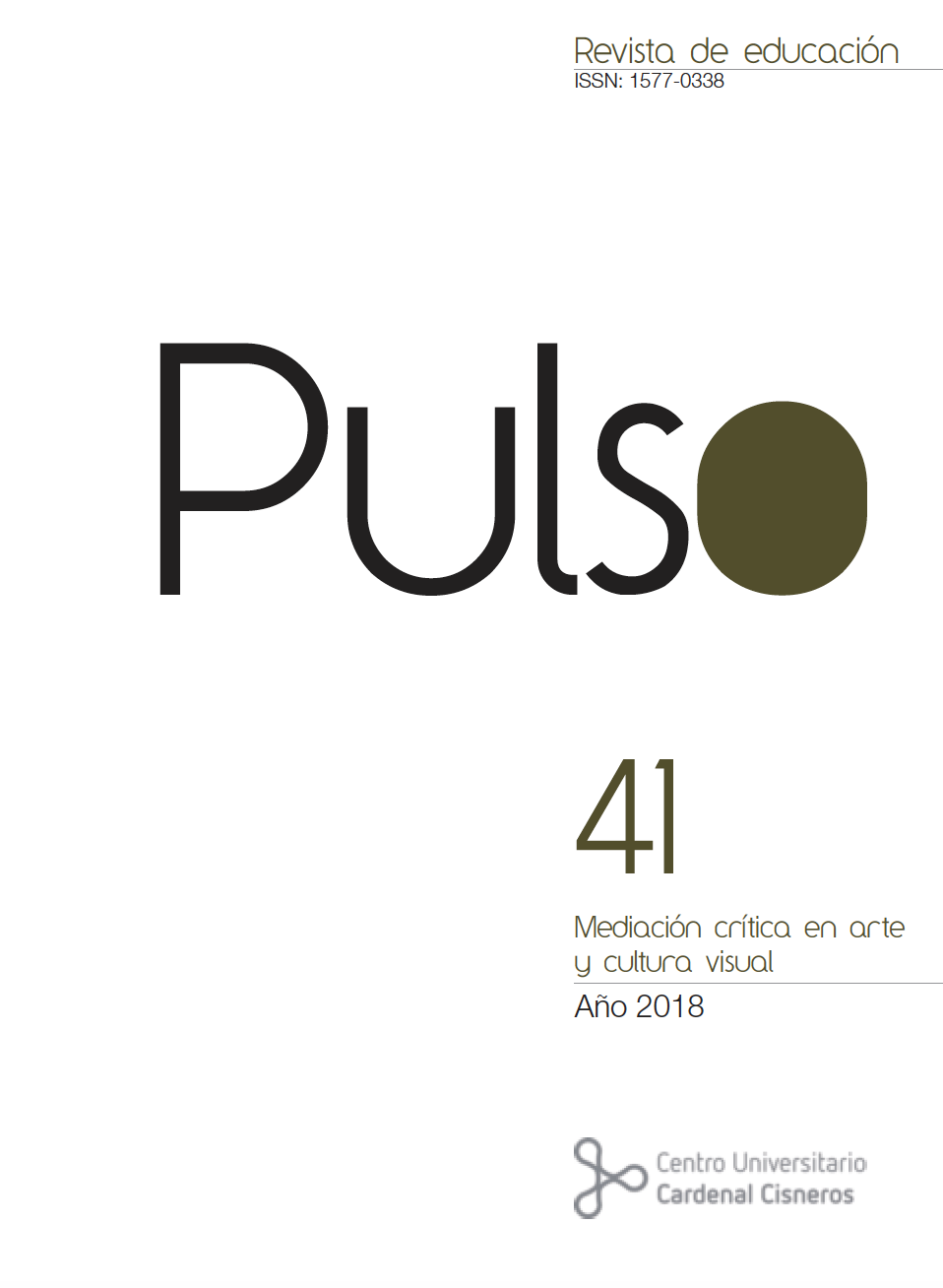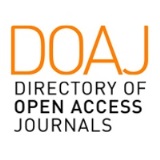A literacy approach to language teaching: a proposal for FL teaching in CLIL contexts
DOI:
https://doi.org/10.58265/pulso.5173Palabras clave:
CLIL, Foreign language teaching, Literacy developmentResumen
Los proyectos de aprendizaje integrado de contenidos y lengua extranjera (AICLE) van ganando cada vez más terreno en todos los niveles educativos. El alumnado que cursa este tipo de enseñanza presenta unas actitudes y necesidades diferentes hacia el aprendizaje de la lengua extranjera. El presente artículo propone una enseñanza basada en el desarrollo de la literacidad para dar respuesta a estas nuevas actitudes y necesidades en todos los niveles educativos. Se presenta un modelo que plasma este enfoque y se ilustra a partir de una unidad didáctica diseñada para su uso en el primer y/o segundo curso de enseñanza primaria. El modelo que se presenta es lo sufcientemente amplio como para permitir a los docentes adaptarlo a su estilo y forma de entender la enseñanza, y al mismo tiempo lo sufcientemente claro como para explicar qué se entiende bajo un enfoque de la enseñanza de lenguas extranjeras basado en el desarrollo de la literacidad.
Descargas
Citas
Admiraal, W., Westhoff, G., and de Not, K. (2006). Evaluation of bilingual secondary education in the Netherlands: Students’ language proficiency in English. Educational Research and Evaluation, 12(1), 75-93.
Ball, P., Kelly, K., and Clegg, J. (2015). Putting CLIL into Practice. Oxford: Oxford University Press.
Burns, A. (2012). Text-based teaching. In A. Burns, and J. C. Richards, Pedagogy and Practice in Second Language Teaching (pp. 140-148). New York: Cambridge University
Press.
Cambridge Assessment (2013). What is literacy? An investigation into definitions of English as a subject and the relationship between English, literacy and ‘being literate’. Retrieved from: http://www.cambridgeassessment.org.uk/Images/130433-what-is-literacyan-
investigation-into-definitions-of-english-as-a-subject-and-the-relationship-betweenenglish-
literacy-and-being-literate-.pdf
Cerezo García, L. (2007). Investigación sobre la relación entre las directrices curriculares relativas a la enseñanza de la lengua inglesa y su aplicación en el aula (1º Bachillerato).
Retrieved from http://www.tesisenred.net/TDR-0114109-114314
Coyle, D., Marsh, D., and Hood, P. (2010). CLIL. Cambridge: Cambridge University Press.
Doiz, A., Lagasabaster, D., and Sierra, J. M. (2014). CLIL and motivation: the effect of individual and contextual variables. The Language Learning Journal, 42(2).
Dudley-Evans, T. 2000. Genre-analysis: a key to a theory of ESP. Iberica 2:3-11.
Eurydice European Unit. (2006). Content and Language Integrated Learning (CLIL) at School in Europe. Brussels: Eurydice. Retrieved from http://www.indire.it/lucabas/
lkmw_file/eurydice/CLIL_EN.pdf
Flowerdew, J. and Peacock, M. (2001). Research perspectives on English for Academic Purposes. Cambridge: Cambridge University Press.
Froilán, I. 2015. Teaching English as a Foreign Language Through a Literacy Approach.
Unpublished Master’s Dissertation, Universidad de Alcalá.
Gibbons, P. (2002). Scaffolding Language, Scaffolding Learning. Portsmouth: Heinemann.
Halbach, A. (2014). Teaching (in) the foreign language in a CLIL context: Towards a new approach. In R. Breeze, et al. Integration of theory and practice in CLIL. (pp. 1-14). Amsterdam: Rodophi.
Heitink, M. C., Van der Kleij, F. M., Veldkamp, B. P., Schildkamp, K., and Kippers, W. B.(2016). A systematic review of prerequisites form implementing assessment for learning in classroom practice. Educational Research Review, 17, 50-62.
Hyland, K. (2007). Genre pedagogy: Language, literacy and L2 writing instruction. Journal of Second Language Writing(16), 148-164.
Jechimer, E. 2015. Teaching EFL Through the Literacy Approach in Primary Education in a CLIL context. Unpublished Master’s Dissertation, Universidad de Alcalá.
Kern, R. (2000). Literacy and Language Teaching. Cambridge: Cambridge University Press.
Kern, R. (2003). Literacy as a new organizing principle for foreign language education. In P. C. Patrikis, Reading between the Lines: Perspective on Foreign Language Literacy
(pp. 40-59). New Haven: Yale University Press.
Korotchenkoa, T. V., Matveenkoa, I. A., Strelnikovaa, A. B., and Phillips, C. (2015). Backward Design Method in Foreign Language Curriculum. PROCEDIA. Social and Behavioural
Sciences, 215, 213-217.
Lasagabaster, D., and López Beloqui, R. (2015). The impact of type of approach (CLIL versus EFL) and methodology (book-based versus project work) on motivation. Porta
Linguarum, 23, 41-57.
Lewis, M. (1993). The Lexical Aproach. London: Heinle.
Llinares, A, Morton, T & Whittacker, R 2012, The Roles of Language in CLIL. Cambridge University Press, Cambridge.
Llinares, A., and Pastrana, A. (2013). CLIL students’ pragmatic development across classroom activities and educational levels. Journal of Pragmatics, 59, 81-92.
Lorenzo, F. (2016). Competencia en comunicación lingüística: claves para el avance de la comprensión lectora en las pruebas PISA. Revista de educación (374), 142-160.
Lyster, R. (2017). Introduction to Part I. SLA perspectives on learning and teaching language through content. In A. Llinares, and T. Morton (Eds.), Applied Linguistic Perspectives on CLIL (pp. 19-32). Amsterdam / Philadelphia: John Benjamins.
Merisuo-Sturm, T. (2007). Pupils’ attitudes towards foreign-language learning and the development of literacy skills in bilingual education. SYSTEM, 23, 226-235.
Mickan, P. (2013). Language Curriculum Design and Socialization. Bristol: Multilingual Matters.
Mickan, P. (2017). Text-Based Research and Teaching from a Social Semiotic Perspective: Transformative Research and Pedagogy.
Morata, M., and Coyle, Y. (2012). Teaching English through Spanish: A Secondary School Teacher’s Language Choices in the Foreign Language. Porta Linguarum, 133-152.
Nikula, T. (2007). Speaking English in Finnish content-based classrooms. World Englishes, 16, 206-223.
Paesani, K. (2017). Redesigning an Introductory Language Curriculum: A Backward Design Approach. L2 Journal, 9(1), 1-20.
Paesani, K., Allen, H. W., and Dupuy, B. (2016). A multiliteracies framework for collegiate foreign language teaching. Upper Saddle River (NJ): Pearson.
Pavón Vázquez, V. (2014). Enhancing the quality of CLIL: Making the best of the collaboration between language teachers and content teachers. Encuentro (23), 115-127.
Richards, J. C. (2013). Curriculum approaches in language teaching: Forward, central and backward design. RELC, 44(1), 5-33.
Roldán Tapia, A. R. (2009). Adecuación de los libros de texto al Marco Común Europeo de Referencia para las Lenguas (MCERL). Porta Linguarum, 189-206.
Ruiz de Zarobe, Y. (2011). Which language competencies benefit from CLIL? An insight into applied linguistic research. In Y. Ruiz de Zarobe et al. Content and Foreign Language Integrated Learning: Contributions to Multilingualism in the European Context (pp. 129-154). Bern: Peter Lang.
Ruiz de Zarobe, Y. (2015). The Effects of Implementing CLIL in Education. In J.-G. M., and S.-N. J., Content-based Language Learning in Multilingual Educational Environments
(pp. 51-68). New York: Springer.
Slyvén, L. K. (2017). Motivation, second language learning and CLIL. In A. Llinares, and T. Morton, Applied Linguistic Perspectives on CLIL (pp. 51-65). John Benjamins.
Wiggins, J., and McTighe, J. (2006). Understanding by Design. Upper Saddle River (NJ): Pearson.
Descargas
Publicado
Cómo citar
Número
Sección
Licencia
Derechos de autor 2022 Pulso. Revista de educación

Esta obra está bajo una licencia internacional Creative Commons Reconocimiento-NoComercial-SinObraDerivada 3.0.
Esta revista proporciona un acceso abierto inmediato a su contenido, basado en el principio de que ofrecer al público un acceso libre a las investigaciones ayuda a un mayor intercambio global de conocimiento.
Las obras se publican en la edición electrónica de la revista bajo una licencia Creative Commons Reconocimiento-NoComercial-SinObraDerivada 4.0
Se permite y se anima a los autores a difundir electrónicamente la versión post-print (versión evaluada y aceptada para su publicación) de sus obras antes de su publicación, ya que favorece su circulación y difusión más temprana y con ello un posible aumento en su citación y alcance entre la comunidad académica.














